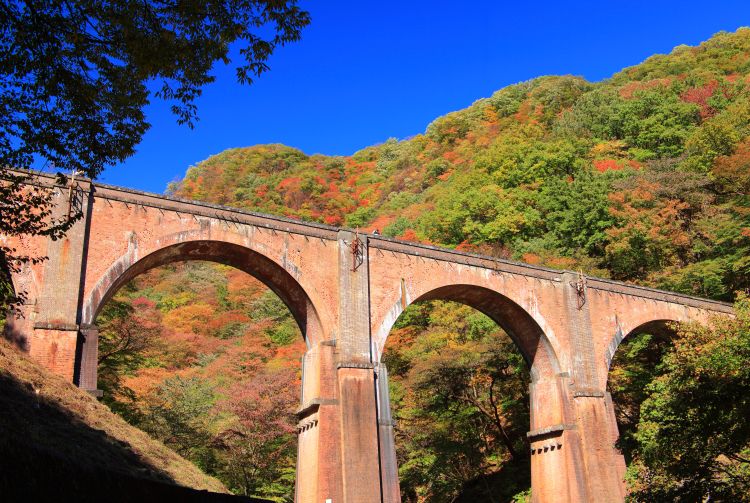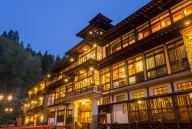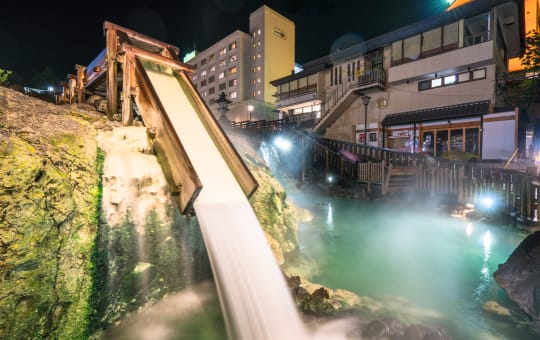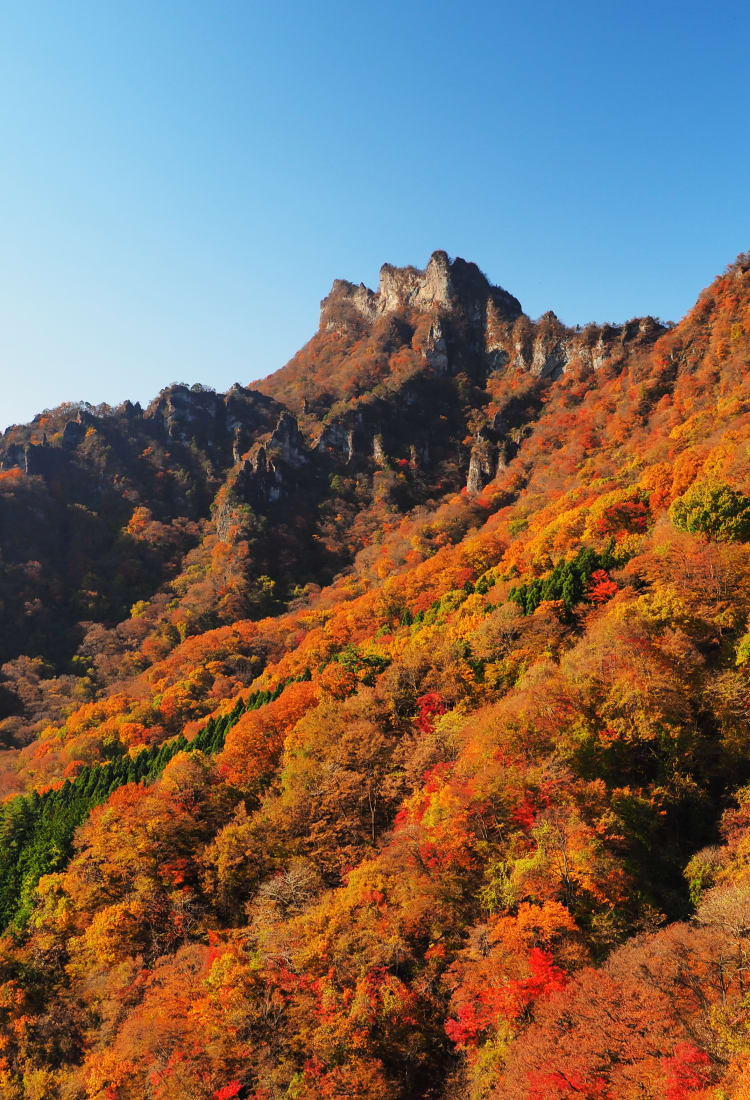

GUNMA Takasaki Beinlose Glückspuppen, Fahrten mit der Dampflok und stimmungsvolle heiße Quellen in den Bergen
Beinlose Glückspuppen, Fahrten mit der Dampflok und stimmungsvolle heiße Quellen in den Bergen
Die Stadt Takasaki in der Nähe von Tokyo und Nagano ist für zwei Dinge bekannt: Dampfloks und Darumapuppen. In der Umgebung von Takasaki liegen berühmte Onsen-Badeorte wie Ikaho Onsen und Shima Onsen . Die Tomioka-Seidenspinnerei , eine Welterbestätte, ist weniger als eine Stunde entfernt.
Nicht verpassen
- Einen Besuch in der Tomioka-Seidenspinnerei, einer Welterbestätte
- Eine Darumapuppe kaufen, um sich Ihre Wünsche zu erfüllen
- In einer historischen heißen Quelle abtauchen und entspannen
- Eine Fahrt mit einer echten alten Dampflok
Anfahrt
Takasaki ist sowohl von Tokyo als auch von Nagano aus mit dem normalen Zug oder dem Shinkansen leicht zu erreichen.
Von Tokyo aus nehmen Sie einen Zug der JR Shonan-Shinjuku Line oder der JR Takasaki Line bis zum Bahnhof Takasaki. Sie können auch den Hokuriku oder den Joetsu Shinkansen nehmen. Mit einem regulären Zug benötigt man etwa 2 Stunden von Tokyo und knapp 1 Stunde mit dem Shinkansen vom Bahnhof Tokyo bzw. dem Bahnhof Nagano.
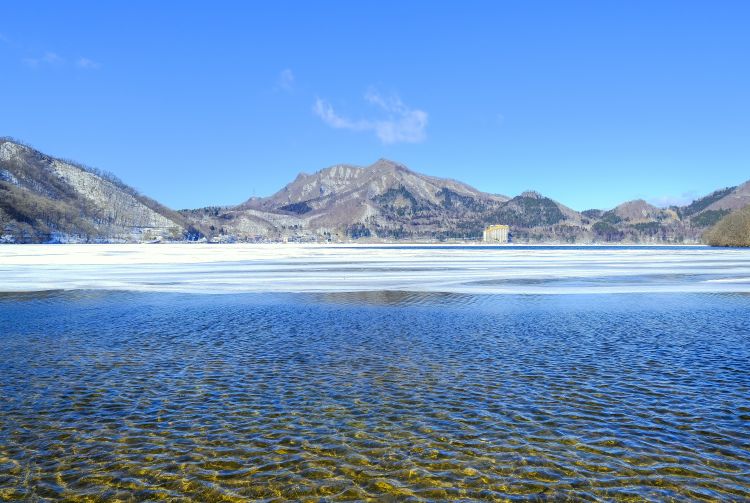
Der Haruna-See
Kaufen Sie sich eine Puppe und wünschen Sie sich was
Darumapuppen, hergestellt aus Pappmaschee und für gewöhnlich rot angemalt, sind das Symbol von Takasaki, besonders, weil die Stadt der größte Produzent dieser Figuren in Japan ist. Kaufen Sie sich eine Darumapuppe, malen Sie ihr das linke Auge auf, und wünschen Sie sich was. Geht der Wunsch in Erfüllung, malen Sie ihr auch das rechte Auge auf.
Der Shorinzan-Darumaji-Tempel ist Daruma geweiht, aber die Puppen findet man in der ganzen Stadt. Jedes Jahr im Januar ist die Hauptstraße vom Bahnhof Takasaki bis zum Rathaus von Ständen gesäumt, die Darumapuppen in allen Größen und Farben anbieten.
Eine imposante Figur der Gelassenheit
Auf einem Hügel über der Stadt thronend, ist die 41,8 Meter hohe Statue von Byakue Kannon (die weiß gekleidete Kannon) von fast überall in Takasaki aus sichtbar. Sie ist eine der größten Statuen der Gnadengöttin in Japan, und man kann innen bis zur Schulter hinaufsteigen, von wo aus man einen unglaublichen Ausblick auf die Stadt genießt.
Das Tor zu den Bergen
In Gunma, früher als Region Jomo bekannt, liegen drei berühmte Berge namens Jomo Sanzan: Berg Akagi , Berg Myogi und Berg Haruna. Der Berg Haruna ist ein ausgedehnter, ruhender Vulkan mit zahlreichen Kratern. Der Kegel des Bergs Haruna bildet eine wunderschöne Kulisse für den See. Der Haruna-Schrein, der vor über 1000 Jahren erbaut wurde, ist nur eine 10-minütige Fahrt vom Haruna-See entfernt. Er hat in letzter Zeit viel Aufmerksamkeit als spiritueller „Kraftort“ bekommen.

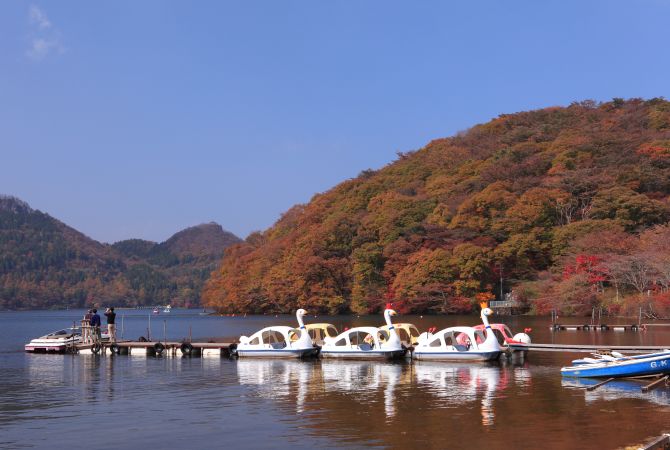

Der Berg Myogi wurde durch die Elemente im Laufe der Zeit stark zerklüftet und wirkt irgendwie unwirklich. Er ist ein beliebter Ort zum Felsenklettern und zum Fotografieren. Wenn Sie den Berg besteigen, kommen Sie am Myogi-Schrein vorbei, einem Ort der Einkehr und der Erholung. Der Schrein wurde bereits im 6. Jahrhundert gegründet, erlangte aber erst in der Edo-Zeit (1603–1867) größere Bedeutung. Eine steile Treppe führt zum Hauptschrein hinauf, welcher zahlreichen Gottheiten und Berggeistern geweiht ist. Grimmige Nio-Wächterfiguren begrüßen Sie zu beiden Seiten des Eingangs.

Der Usui-See ist ein menschgemachter See. Die bunten Blätter machen ihn im Herbst zu einem besonders beliebten Reiseziel, aber die Landschaft rund um den See ist das ganze Jahr über sehr reizvoll.
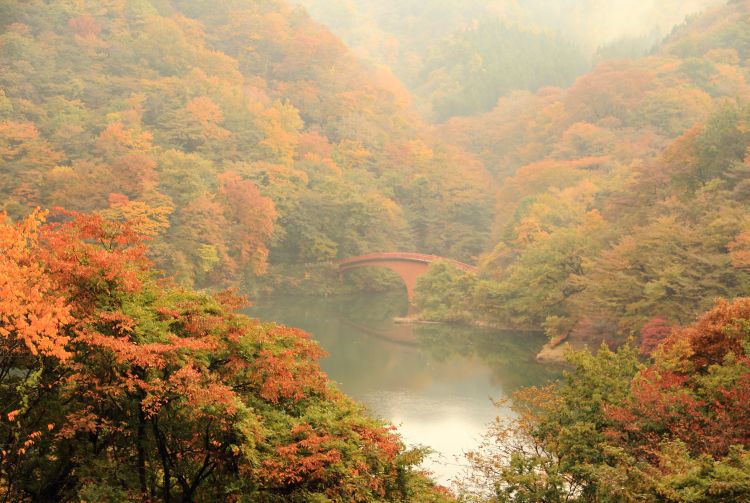
Heiße Quellen in luftiger Höhe
Ikaho Onsen gilt seit langem als Gunmas schönster Thermalbadeort. Er liegt am Osthang des Bergs Haruna. Ikaho Onsen gilt seit langem als eines der besten Thermalquellengebiete in Gunma. Steigen Sie die 365 Stufen zum Fuß des Ikaho-Schreins hinauf und genießen Sie ein kostenloses Fußbad, ein Essen in einem der zahlreichen Restaurants und die Aussicht auf die Berge.

Shima Onsen war die erste heiße Quelle in Japan, die als gesundheitsfördernd national anerkannt wurde. Sie soll über 40000 verschiedene Beschwerden heilen. Die Gegend um Shima Onsen ist im Herbst besonders schön, aber das faszinierende blaue Wasser der Seen und Flüsse wird Sie auch zu jeder anderen Jahreszeit begeistern.
Lassen Sie sich in andere Gefilde versetzen
Wenn Sie durch die nostalgischen Straßen von Shima Onsen schlendern, stoßen Sie irgendwann auf das Sekizenkan-Ryokan, Japans ältestes Ryokan (Gasthaus im japanischen Stil) mit seinen Thermalquellen, das angeblich eine der Vorlagen für den oscarprämierten Animationsfilm „Chihiros Reise ins Zauberland“ gewesen sein soll.
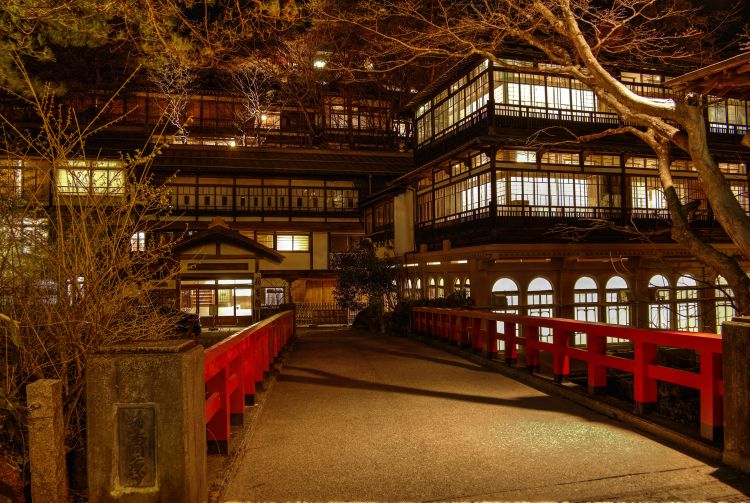
Entdecken Sie Japans industrielles Erbe
Die Tomioka-Seidenspinnerei ist ein Symbol für Japans rasche Modernisierung im ausgehenden 19. Jahrhundert. Als älteste moderne Seidenspinnerei in Japan gehört sie seit 2014 zum Weltkulturerbe. Dank der starken Verbindungen zu Frankreich, wo diese Art von Fabrik ihren Ursprung hat, gibt es in der Stadt viele französische Cafés und Restaurants, die man bequem zu Fuß erkunden kann.
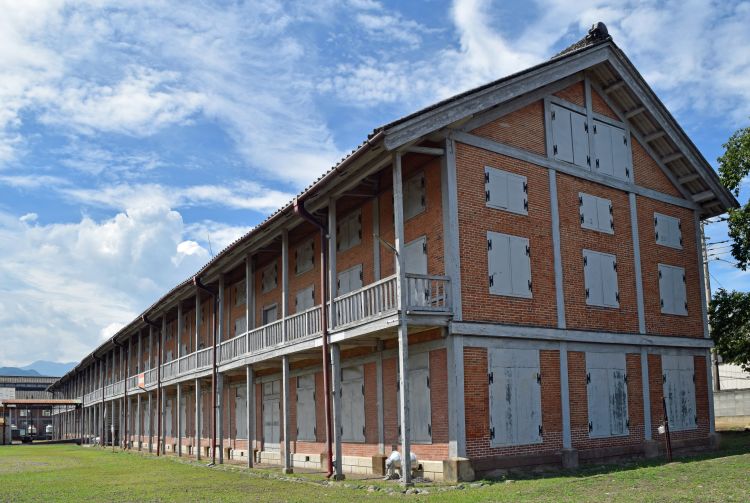
Die Meganebashi-Brücke ist eine imposante Brücke aus rotem Backstein, die 1893 entlang dem Usui-Pass erbaut wurde. Sie dient heute nicht mehr als Eisenbahnbrücke, ist aber ein beliebtes Ziel für Fotografen und Wanderer.
